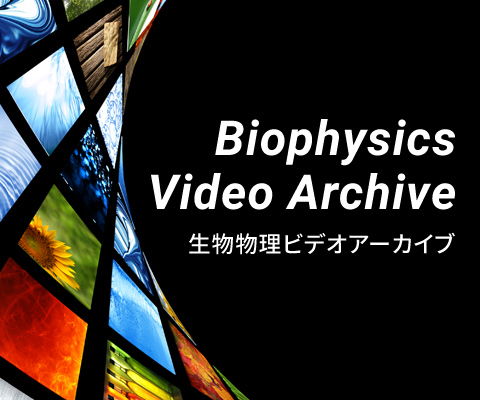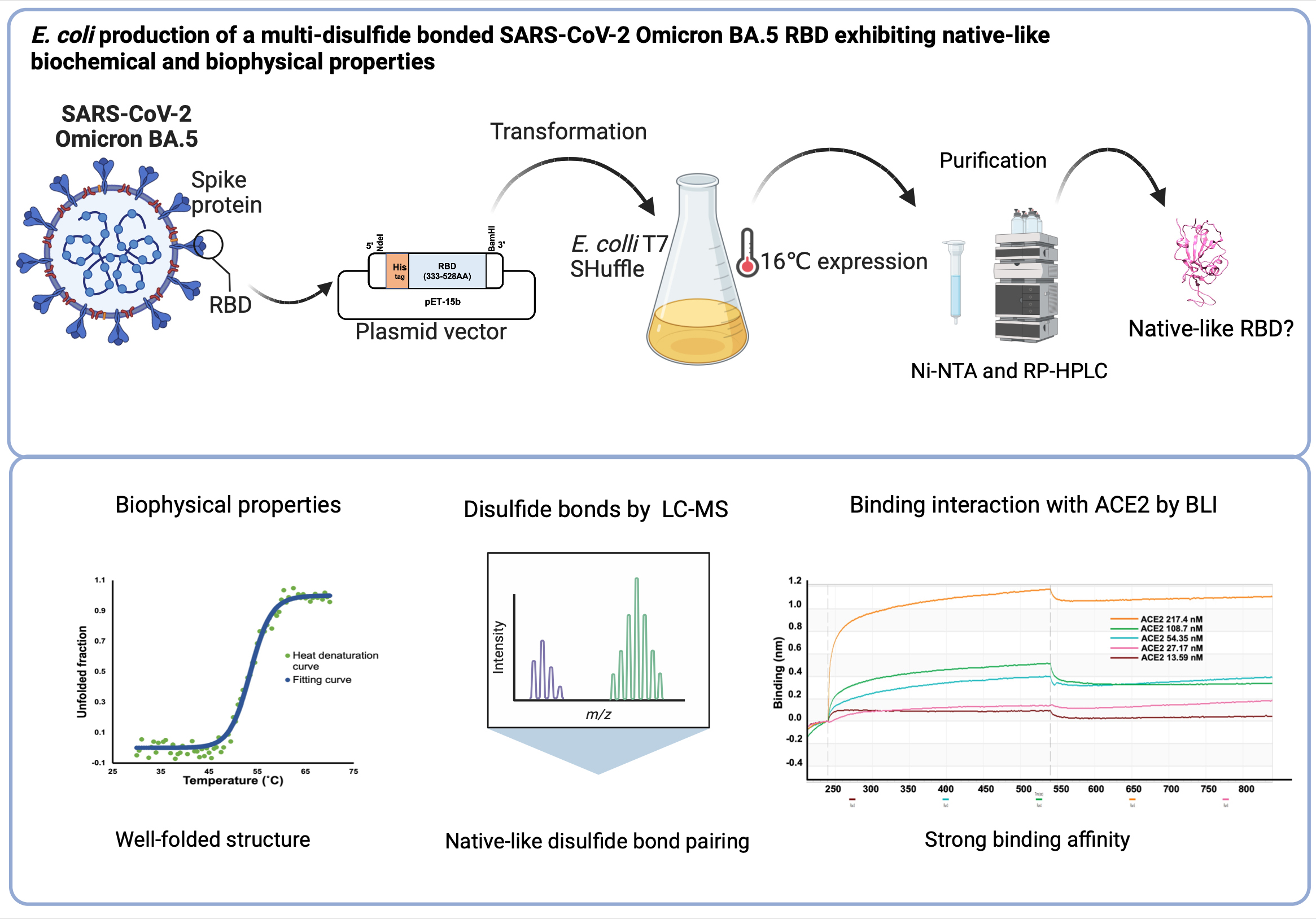男女共同参画学協会連絡会
支援企業による広告記事
- ソーラボジャパン株式会社
- サイエンティフィックカメラと周辺機器の同期
- 「生物物理」2023年10月号
- ソーラボジャパン株式会社
- 顕微鏡のリノベーション ~ 顕微鏡ポートを活用した光学系の導入
- 「生物物理」2022年12月号
- ソーラボジャパン株式会社
- ケージシステムや光学レールを使ってみよう
- 「生物物理」2021年10月号より
- ソーラボジャパン株式会社
- 多光子顕微鏡技術の最前線
- 「生物物理」2020年8月号より
「Biophysics and Physicobiology」に Rawiwan Wongnak, Subbaian Brindha, Takahiro Yoshizue, Sawaros Onchaiya, Kenji Mizutani, Yutaka Kuroda による "E. coli production of a multi-disulfide bonded SARS-CoV-2 Omicron BA.5 RBD exhibiting native-like biochemical and biophysical properties" をJ-STAGEの早期公開版として掲載
2023年09月21日 学会誌
日本生物物理学会欧文誌[Biophysics and Physicobiology]に以下の論文が早期公開されました。
Rawiwan Wongnak, Subbaian Brindha, Takahiro Yoshizue, Sawaros Onchaiya, Kenji Mizutani, Yutaka Kuroda
"E. coli production of a multi-disulfide bonded SARS-CoV-2 Omicron BA.5 RBD exhibiting native-like biochemical and biophysical properties"
URL:https://doi.org/10.2142/biophysico.bppb-v20.0036
- Abstract
- Low-cost bacterial production of the receptor binding domain (RBD) of the SARS-CoV-2 Omicron spike protein holds significant potential in expediting the development of therapeutics against COVID-19. However, RBD contains eight cysteines forming four disulfide bonds, and expression in E. coli produces insoluble RBD forming non-native disulfide bonds. Here, we expressed RBD in E. coli T7 SHuffle with high aeration, which enhanced disulfide formation in the cytoplasm and reshuffling of non-native disulfide bonds, and at a low temperature of 16°C, which stabilized the native conformation and thus the formation of the native disulfide bonds. The yield of RBD was as high as 3mg per 200 mL culture. We analyzed the conformational and biophysical properties of our E. coli-expressed RBD. First, the RP-HPLC elution profile indicated a single peak suggesting that RBD was folded with a single disulfide bond pairing pattern. Next, circular dichroism analysis indicated a secondary structure content very close to that computed from the crystal structure. RBD’s thermal denaturation monitored by CD was cooperative, strongly indicating a well-folded protein structure. Moreover, limited proteolysis showed that RBD was nearly as stable as RNase A, and the formation of native disulfide bonds was confirmed by LC-MS analysis. Furthermore, BLI analysis indicated a strong binding of RBD with the hACE2 with a dissociation constant of 0.83 nM, confirming the folded nature of RBD. Altogether, these results demonstrate that our E. coli-expression system can provide a large amount of highly purified RBD with correct disulfide bonds and native-like biochemical and biophysical properties.






